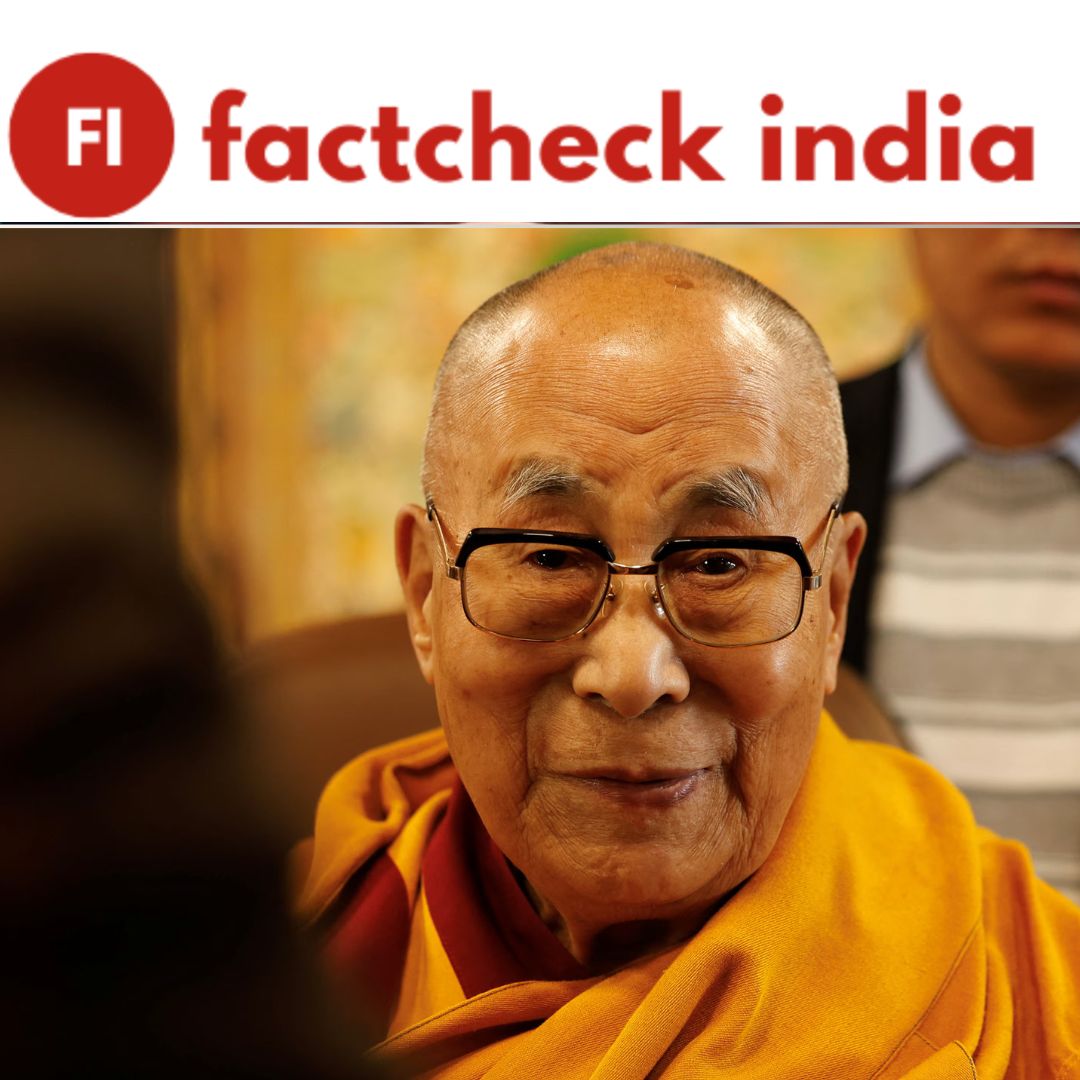As the revered 14th Dalai Lama turns 90, the question of who will succeed him — and how — is no longer just a matter of religious tradition. It’s now a high-stakes geopolitical issue, with China, India, and the United States each watching closely.
In a significant declaration made during his 90th birthday celebrations in Dharamshala, the Dalai Lama confirmed that there will be a successor. He said he had received requests from spiritual leaders, the Tibetan government-in-exile, and Buddhist followers worldwide urging him to continue the institution of the Dalai Lama.
“In accordance with all these requests, I am affirming that the institution of the Dalai Lama will continue,” he said.
This statement carries deep global implications — particularly because China has long insisted that it alone holds the authority to determine who the next Dalai Lama will be.
The Big Question: Who Gets to Choose?
The choice of the next Dalai Lama isn’t just a spiritual matter — it’s now a contested battleground between Tibetan tradition and Chinese state power. Historically, high-ranking lamas, through visions and signs, would search for a reincarnated child who displays memories and traits of the previous Dalai Lama.
But Beijing is expected to reject any successor selected in exile and is preparing to appoint its own, likely someone loyal to the Chinese Communist Party.
This opens the door to a future in which there could be two Dalai Lamas:
- One recognized by the Tibetan community in exile and the international Buddhist world.
- Another appointed by Beijing as part of its control over religious institutions.
How Is a Dalai Lama Traditionally Chosen?
The Dalai Lama is believed to be the reincarnation of Avalokiteshvara, the Bodhisattva of Compassion. After the death of a Dalai Lama, Tibetan monks undertake a search for the next reincarnation using a combination of:
- Spiritual signs, dreams, and visions.
- Guidance from sacred lakes like Lhamo Latso in Tibet.
- Recognition tests, where young children identify belongings of the previous Dalai Lama.
Once confirmed, the child begins years of spiritual and philosophical training to become the spiritual head of Tibetan Buddhism.
The current Dalai Lama, Tenzin Gyatso, was born in 1935 and identified as the 14th Dalai Lama at age 2 after he recognized personal items belonging to his predecessor.
What Has the Current Dalai Lama Said About His Successor?
The 14th Dalai Lama has made several statements over the years about his reincarnation:
- He has said a woman could be his next incarnation.
- In his 2025 book Voice for the Voiceless, he wrote that “the new Dalai Lama will be born in the free world,” strongly implying that his successor will not be born in Chinese-controlled Tibet.
- He has suggested that India may be the most likely location for his reincarnation.
Despite past comments suggesting the possibility of ending the tradition altogether, his recent statement confirms that the institution will continue, though likely outside of China’s influence.
“I think I have been able to serve the Dharma and sentient beings, and I am determined to continue to do so,” he said during his 90th birthday speech in McLeodganj.
What Is China’s Stand?
Beijing has declared that only the Chinese government has the authority to approve any reincarnation of the Dalai Lama. This is enforced under a 2007 regulation that mandates all Tibetan religious reincarnations be government-approved.
China insists:
- The next Dalai Lama must be born in Tibet.
- Any successor named by the Tibetan exile community will be considered illegitimate.
- The selection should be done using the Golden Urn method — an 18th-century lottery system Beijing now promotes as “tradition”.
The current Dalai Lama, however, dismisses this method as lacking spiritual legitimacy.
Has China Done This Before?
Yes. A precedent exists.
In 1995, the Dalai Lama named Gedhun Choekyi Nyima, a six-year-old boy in Tibet, as the 11th Panchen Lama, the second-highest spiritual figure in Tibetan Buddhism.
Shortly after the announcement:
- Chinese authorities abducted the boy and his family. They have not been seen since.
- Beijing appointed its own Panchen Lama, Gyaincain Norbu, who is rejected by many Tibetan Buddhists worldwide.
This incident sparked international outrage and is widely cited as evidence that China may try to do the same with the next Dalai Lama.
Why It Matters: Spiritual Crisis Meets Geopolitics
This succession is not just about religion — it’s about global influence, national identity, and cultural survival.
- India has hosted the Dalai Lama in exile since 1959. His presence is a sensitive issue in India-China relations.
- The United States sees the Tibetan cause as symbolic of broader human rights abuses in China and has passed laws to support a free and authentic succession process.
- China wants to control Tibetan Buddhism as part of its broader policy to integrate Tibet into the Chinese state apparatus.
According to scholars, Beijing is not just trying to control Tibetan religion, but to delegitimize the exile movement and preempt any future resistance by naming its own Dalai Lama.
“This is a battle over legitimacy, not territorial control,” said Prof. Dibyesh Anand. “Beijing faces an institution and a figure in the 14th Dalai Lama that is beyond its control.”
What Happens Next?
The world now waits for two parallel developments:
- The Dalai Lama’s clear framework or announcement for his reincarnation.
- China’s official strategy, which may be declared even before the 14th Dalai Lama passes.
If both sides name their own successors, the globe could witness a schism in Tibetan Buddhism unlike any in modern history.
Bottom Line
There is only one Dalai Lama today — but in the near future, there may be two:
- A spiritually recognized leader chosen by Tibetan Buddhists.
- A state-appointed figure endorsed by Beijing.
What was once a deeply spiritual process is now at the heart of one of the most symbolic confrontations between faith, freedom, and authoritarian control.

